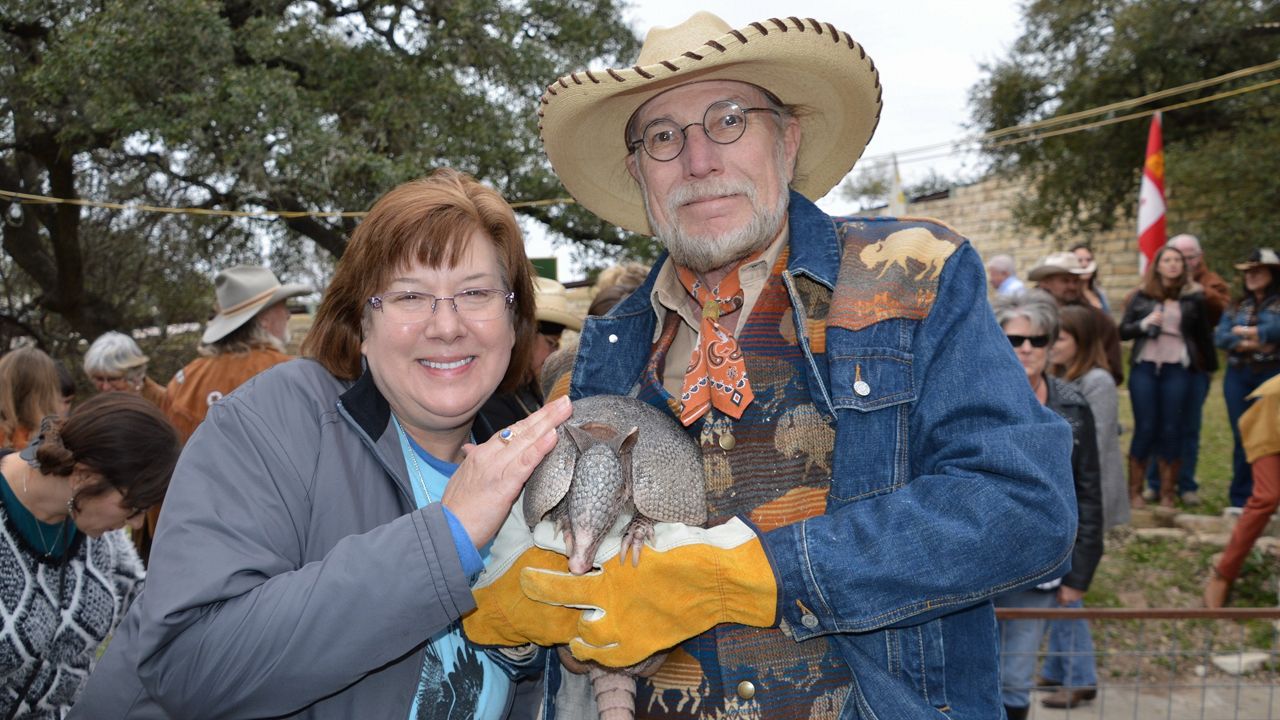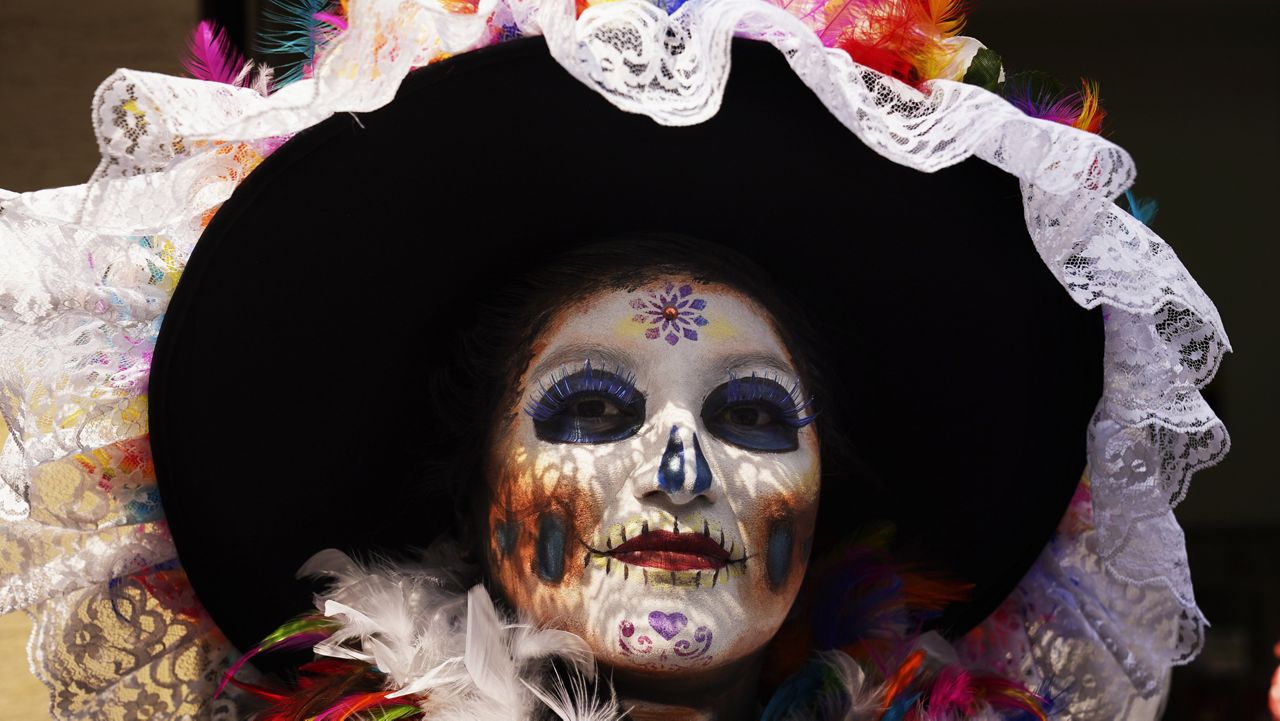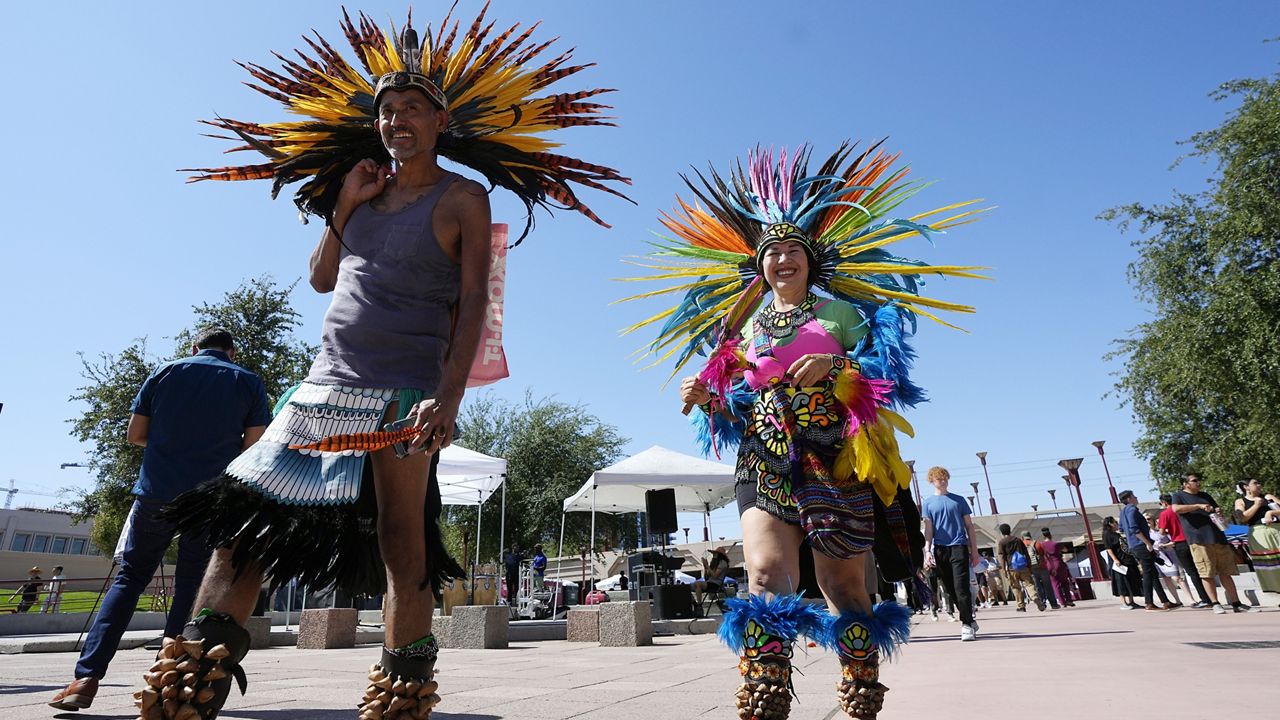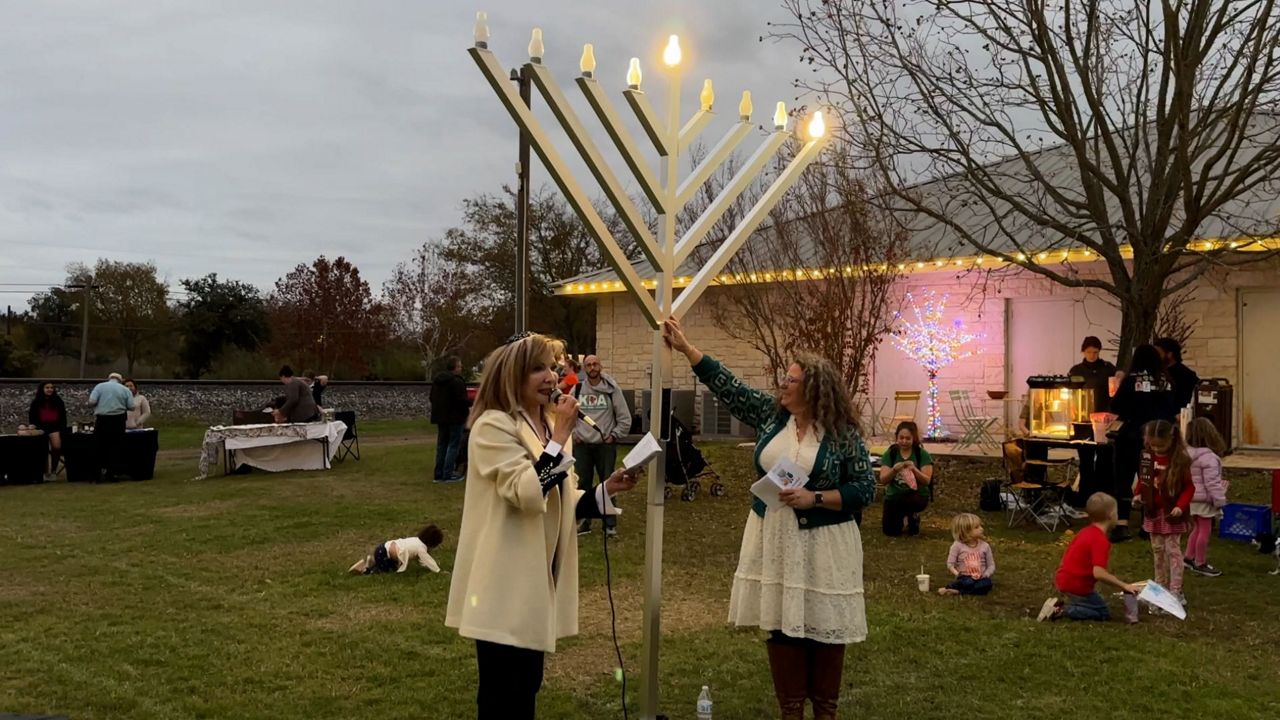Each year on the last day of March, César Chávez Day is celebrated to honor the legacy of the Mexican American activist who dedicated his life to empowering exploited and mistreated farmworkers. The federal holiday serves as a reminder of the plight of farmworkers in the U.S. and their rights, which are still being fought for today.
Life and legacy
Born in Yuma, Ariz. on March 31, 1927, Chávez grew up during the Great Depression and experienced poverty and racism firsthand.
Chávez’s family relocated to California in 1939 after they were forced to sell their farm. There, farmworkers like Chávez faced brutal working conditions, poor compensation, a lack of adequate health care, exposure to dangerous pesticides and other injustices that fueled Chávez’s future work with labor organizations.
Chávez’s activism, rooted in nonviolence, was inspired by the Rev. Martin Luther King Jr. and Mahatma Ghandi.
Together, Chávez and fellow labor activist Dolores Huerta co-founded the National Farm Workers Association (NFWA) in 1962, which later became United Farm Workers (UFW).
“Si se puede,” coined by Huerta, became the rallying cry for the movement.
Chávez’s activism even reached farmworkers in Texas. The organizer often spent time in Austin delivering boycott speeches, engaging in campus discussions and supporting community initiatives in East Austin.
On Labor Day in 1966, Chávez led a grueling 490-mile march from the Rio Grande Valley to the Texas Capitol to fight for living wages and humane working conditions for farmworkers. The march, which spanned several days, helped launch the Chicano movement in Texas.
Honoring Chávez
In 2014, former President Barack Obama established March 31 as César Chávez Day, a federal holiday to recognize Chávez and his contributions to the labor movement and farmworkers’ rights.
Physical dedications to the late organizer also stand across the nation. In Keene, Calif., the César E. Chávez National Monument commemorates the home and final resting place of the Mexican American activist.
In Texas, the East César Chávez neighborhood in historic East Austin honors Chávez’s lasting legacy through street names and artwork. There, a mural of Chávez colors the side of a building on 1204 E. César Chávez Street, welcoming passersby and reminding them of his tireless work.
On Monday, organizers will march in Delano, Calif., the birthplace of the farmworkers’ movement, to mobilize for immigrants’ rights and denounce President Donald Trump’s mass deportation policies.











)